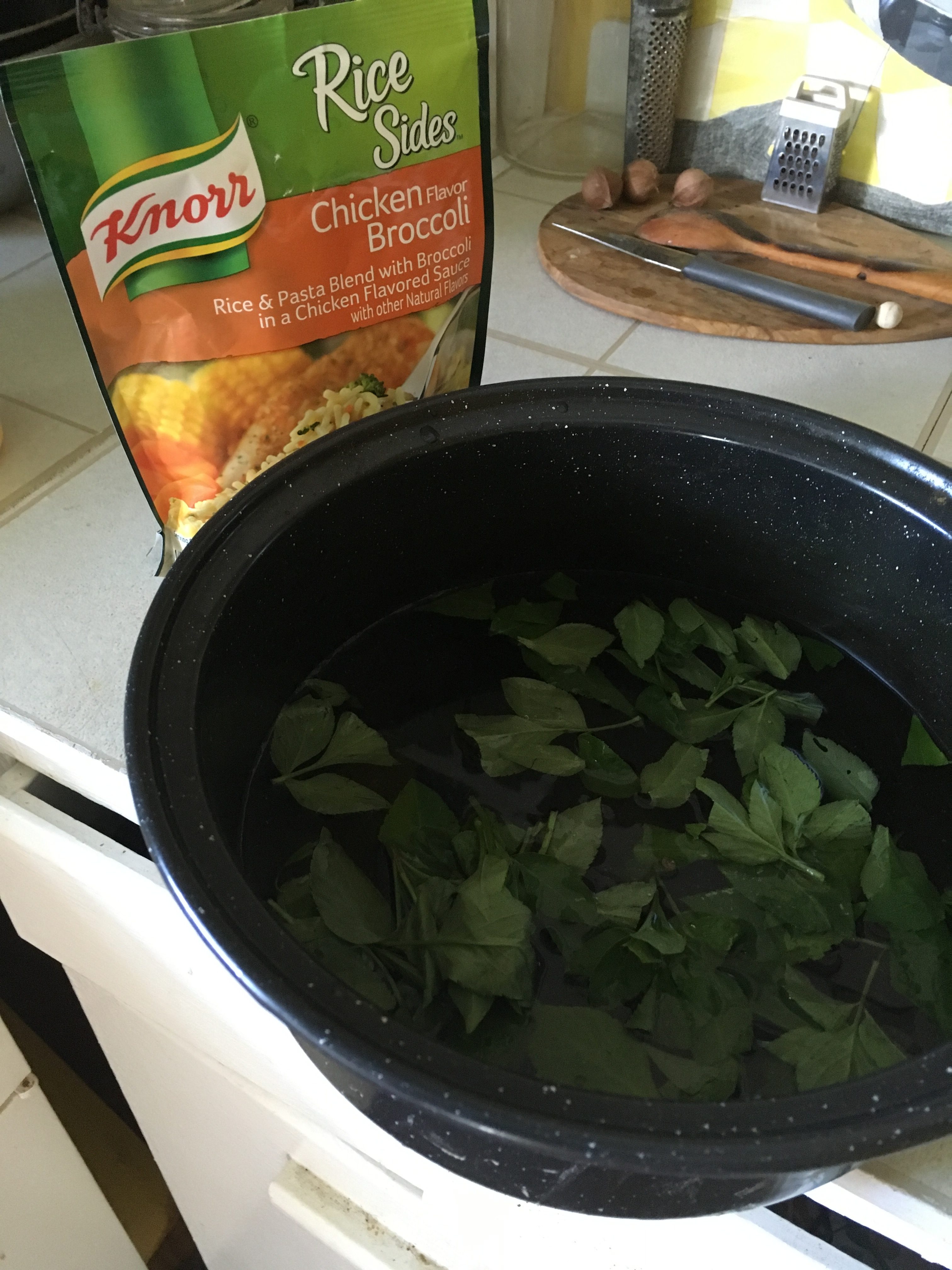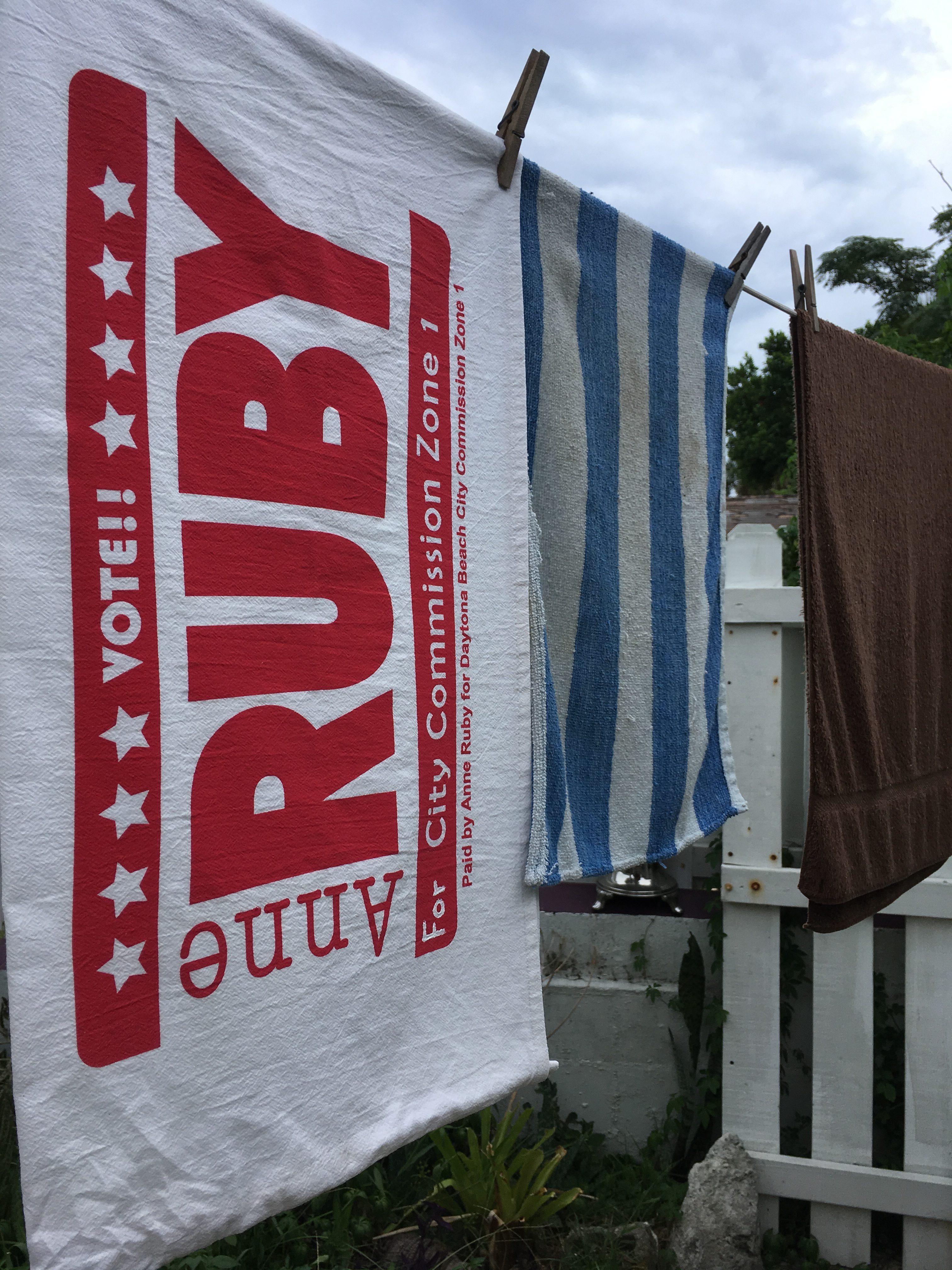This post is about how to deal with someone who’s got a chronic whiny, complainy attitude. But not just anyone: YOU. That’s right, if YOU have a whiny complainy attitude and want to know how to deal with it, you have come to the right place: a post by someone who herself has a fairly high default level of “whiny-complainy.”
Now, in talking about my faults, I am NOT trying to engage in some sort of obnoxious humble-bragging (GAWD I hate that!) or some sort of equally obnoxious exhibitionistic public self-flagellation trip. Rather, I’m just being honest. And I’m trying to burst the bubble about so-called “experts.” Yes I am an expert in living a low-footprint life, and if you’re interested in learning how to do that, I can help you. But part of dealing with life and getting what we want, is working with our own less-than-ideal qualities. Everyone is a mix of qualities that are pleasant and desirable, and those that are less so.
So here are some tips I’ve learned for working with the whiny-complainy in me:
– Trick yourself. When I could not talk myself into attending a community event that I knew would help me get out of my funk, see people I hadn’t connected with in a while, AND participate in honoring a great milestone for our community, I focused on a personal wish that was unrelated to the event itself: the fact that I needed exercise and would enjoy the early-evening walk over the bridge. (The river is so pretty at night. I enjoyed that walk and ended up really enjoying the social interaction at the event also.)
– Harness your better qualities. Yes, I’m whiny/complainy and also lazy. But, on the positive side, I am relentlessly curious, so I’m always willing to do research. In this case, the research subject is me. I am a relentless reader of self-help material, and it helps greatly. Which brings me to …
– Do personal growth. Just about every character attribute you desire is something that can be deliberately cultivated even if you were not born with it, even if you seem to possess it at zero level right now. Though still whiny, complainy, selfish, and lazy, I am much less of any of these things than I used to be. And I am always making progress.
– Focus on your mission (humanitarian, planetary). Keep your eyes on the mission, the greater goal, the process of working towards that. Working toward a higher goal that inspires you and lights you up is extremely effective in quieting down the whiny complainy voice!
– Recognize that at least some of “how you are” is the result of how someone labeled you in childhood. If you were labeled selfish or lazy, chances are it became a self-fulfilling prophecy. I’m not saying use that as an excuse to not improve, or behave badly, but I am saying you can stop beating yourself up about being “bad”, if that is what you are doing. Recognize your less desirable attributes in a matter-of-fact way; think of them as “faulty wiring” or “bad training”, and set about the business of rewiring yourself according to your preferences.
– Give yourself a little pat on the back. If you are even able to recognize that you have a whiny attitude (or any other negative character attribute), you’re a step ahead of most of humanity, who are only able to see their faults reflected in others. (And if you are one of those who are always noticing whiny attitudes in others, but not yourself, it might be time to look in the mirror.)
– Look into the underlying feeling – don’t just dismiss yourself as “whiny”. One day I decided to take a minute to feel beyond that “whiny” layer. And I noticed that what I was feeling deep down was utter hopelessness and despair. Once I allowed myself a few moments to be with THAT feeling, the “whiny” was gone and I was able to move forward with my tasks and really savor the day.
– Be open to accepting consolation from the cosmic universe, from nature, from other people. I cannot overstate the importance of this. Do not be one of those un-consolable people. Consolation is all around you. Grab the life-ring! The other day I was in full-tilt whiny-complainy mode, but I was ready to do what it took to get out of it. Suddenly I looked out the window and saw a cute little black snake in the garden. The big black snake had had babies! It melted my heart and made my morning. The universe offers an abundance of such “Get Out of Whine Mode Free” cards. Use them!
Being an activist of any kind isn’t easy. There’s burnout, disappointment, anger. But you don’t need to wallow in suffering. You can deliberately free yourself of “whiny-complainy” or any other mode you don’t prefer.





